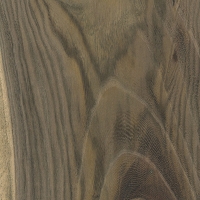 |
Common Name(s): Pistachio Scientific Name: Pistacia vera Distribution: Native to Iran, also cultivated in the Tree Size: 20-30 ft (6-10 m) tall, 6-12 in (15-30 cm) trunk diameter Average Dried Weight: 54 lbs/ft3 (865 kg/m3)* Specific Gravity (Basic, 12% MC): .68, .87* *Estimated values based on limited samples Janka Hardness: 1,930 lbf (8,590 N) Modulus of Rupture: No data available Elastic Modulus: No data available Crushing Strength: No data available Shrinkage: No data available |
Color/Appearance: Heartwood color can be highly variable, from a light olive green to an orangish or purplish brown, frequently with darker brown to black stripes. Pale yellow/gray sapwood is moderately wide and is demarcated from the heartwood. Similar to orchard-grown Claro Walnut, some sections of Pistachio can be found with graft lines present in the wood where the scion has been grafted onto the rootstock.
Grain/Texture: Because of the small size of the tree, the grain tends to be wild or irregular, with bark inclusions also common.
Endgrain: Ring-porous or semi-ring-porous; earlywood one to three rows wide, latewood in diagonal to tangential bands; medium to large pores, moderately numerous; tyloses mineral/gum deposits occasionally present; parenchyma not visible with lens, sometimes marginal; narrow to medium rays, spacing normal.
Rot Resistance: No data available.
Workability: No data available.
Odor: Has a mild odor when being worked.
Allergies/Toxicity: Although parts of the Pistachio tree and nut have been reported to cause skin irritation, there have been no direct reports on the toxicity or allergenicity of the actual wood. See the articles Wood Allergies and Toxicity and Wood Dust Safety for more information.
Pricing/Availability: Available in limited sizes and quantities, usually taken from orchards or private/residential property. Expect prices to be high
Sustainability: This wood species is not listed in the CITES Appendices, but is reported by the IUCN as being near threatened. Technically it doesn’t meet the Red List criteria of a vulnerable or endangered species, but is close to qualifying and/or may qualify in the near future.
Common Uses: Inlays, musical instruments, carvings, knife scales, and turned objects.
Comments: Known much more famously for its edible nuts, the wood of Pistachio trees is uniquely beautiful, though not often seen or used in wooden objects. Much like Olive trees, Pistachio trees are much more valuable on orchards for their food production, and are generally valued for their lumber.
The heartwood of Pistachio is strongly fluorescent under a blacklight, glowing a yellow/green that’s almost as vibrant as Black Locust or Coffeetree.
None available.
Scans/Pictures: A special thanks to Dean Garrett for providing some pictures of his Pistachio furniture.


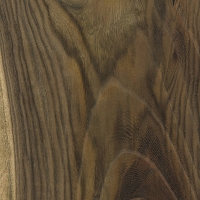
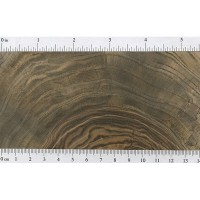
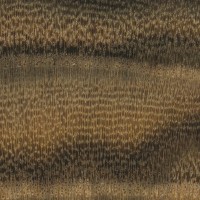
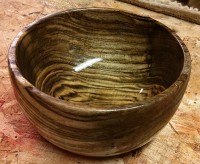
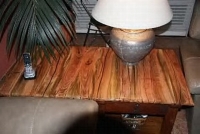
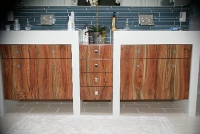
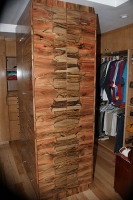



Is it a good wood to burn in a fireplace we recently had to cut ours down
Notes on workability: extremely dense, strong dulling effect on tools. Brittle, chips-out easily. Glues well and finishes beautifully.
How does it lathe?
Thanks,
D. Sealis